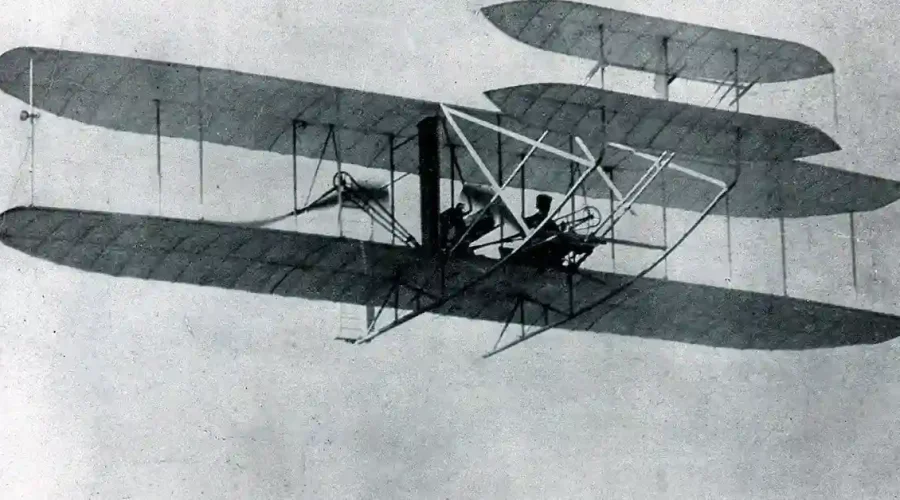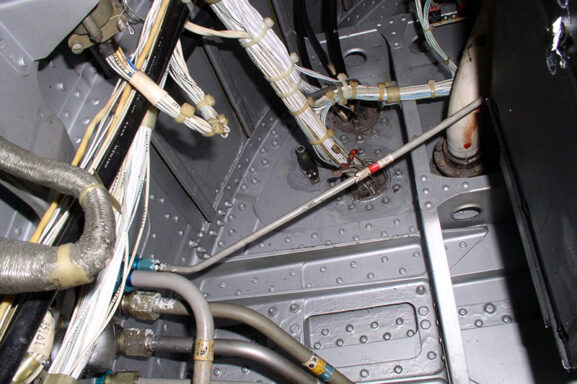Historical Aircraft: The Wright Flyer
The Wright Flyer: Birth of Powered Flight
The Wright Flyer, also known as the 1903 Flyer, was the world’s first successful powered, heavier-than-air aircraft, designed and built by Wilbur and Orville Wright. After years of research and glider testing, the Wright brothers achieved their breakthrough on December 17, 1903, near Kill Devil Hills, North Carolina. On that historic day, their aircraft took off under its own power and completed four flights, with the longest lasting 59 seconds and covering 852 feet. This event marked the dawn of the aviation age, proving that controlled and sustained powered flight was possible.
The Wright Flyer was a fabric-covered wooden biplane, powered by a custom-built 12-horsepower engine and equipped with a three-axis control system—a revolutionary innovation that is still used in modern aircraft. Unlike previous flight attempts by others, the Wright brothers mastered aerodynamics, stability, and propulsion, allowing them to achieve controlled flight rather than just brief, uncontrolled glides. Their relentless experimentation, including extensive wind tunnel testing, led to one of the most significant technological advancements in history.
Today, the original Wright Flyer is displayed at the Smithsonian National Air and Space Museum in Washington, D.C., serving as a testament to human ingenuity and perseverance. The principles developed by the Wright brothers laid the foundation for modern aviation, from commercial air travel to space exploration. Their achievement not only changed transportation forever but also inspired generations of innovators to push the boundaries of what is possible in flight.



